Neural Networks: A Comprehensive Guide for Beginners
What is a Neural Network?
A neural machine learning network is like an artificial brain, a complex system of interconnected nodes, or artificial neurons, that process and transmit information. Just like our brains, these networks use data to improve their performance on tasks like image recognition and language processing.
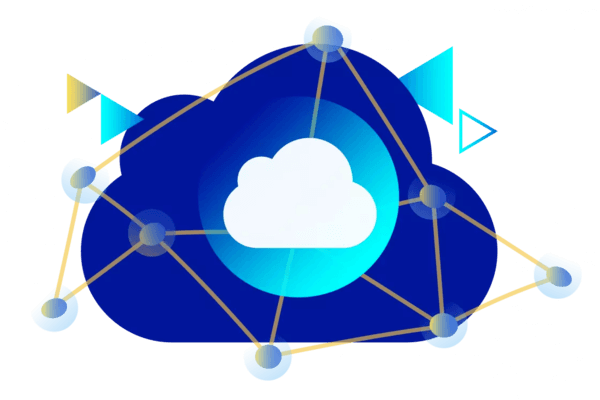
The Brain Analogy
Neural networks, in essence, are a computational model of artificial intelligence that mirrors the intricate network of neurons in the human brain. Our brains process information through interconnected neurons that transmit signals. Similarly, machine neural learning networks use interconnected nodes (artificial neurons) to process and learn from data. While the analogy isn't a perfect match, it serves as a useful starting point for understanding the basic structure and function of neural learning networks.
Key Components of Neural Networks
Neurons (Nodes) are the fundamental building blocks of a neural network. Each neuron uses input, processes it using a weighted sum and an activation function, and then passes the output to other neurons.
Connections (Weights and Biases) are the strength of the connection between two neurons represented by a weight. Weights determine how much influence one neuron's output has on another. Biases are additional parameters that help adjust the output of neurons.
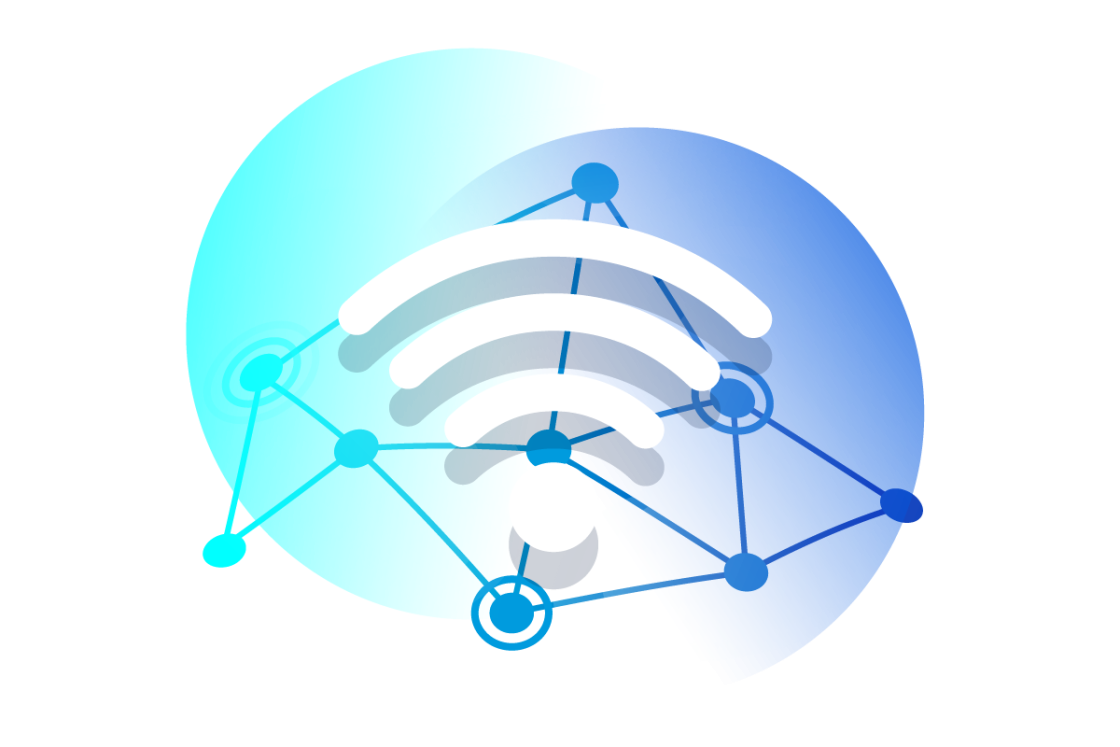
Neurons are also organised into layers:
- Input layer: Receives the initial data mode input (e.g., pixel values of an image).
- Hidden layers: Perform intermediate computations, extracting features and patterns from the data. There can be one or multiple hidden layers.
- Output layer: This layer produces the network's final result (e.g., a classification label or a numerical value).
- Activation functions: Introduce non-linearity into the network, allowing it to model complex relationships. Common activation functions include the sigmoid, ReLU (Rectified Linear Unit), and tanh.
A Simple Example
Imagine you want to use a deep learning neural learning network to recognize handwritten digits (0-9). For the input layer, each neuron in this layer would represent a single pixel of the image. For the hidden layers, these would process the pixel information, identifying features like curves, lines, and loops that make up different digits.
Output layer – each neuron in this layer would represent one of the ten digits. The neuron with the highest activation would indicate the network's prediction.
During training, the artificial intelligence network is presented with many examples of handwritten digits along with their correct use labels. Through backpropagation and optimization, the network adjusts its use of weights and biases, deep learning to recognize the patterns that distinguish each digit. After training, it can take a new image of a handwritten digit and accurately classify it.
How Do Neural Networks Work?
Neural networks operate through a two-step process: forward propagation and backpropagation.
Forward Propagation
During forward propagation, data enters the machine neural learning network through the input layer and flows sequentially through the hidden layers to the output layer. At each neuron, the mode input values are multiplied by their corresponding weights and summed together. This weighted sum is then passed through an activation function, which introduces non-linearity and produces the neuron's output. This process continues layer by layer, with the output of one layer becoming the input for the next, ultimately leading to the final prediction at the output layer.
Backpropagation
While forward propagation generates predictions, backpropagation is how the machine neural network learns from its mistakes. It involves comparing the network's prediction with the actual target value and calculating an error term using a loss function.
This error is then propagated backwards through the network, starting from the output layer. During backpropagation, the network adjusts the weights and biases of each connection based on their contribution to the error, aiming to minimise it.
The iterative process of error calculation and weight adjustment, known as gradient descent optimization, allows the artificial intelligence deep learning network to gradually improve its predictions.
The Training Cycle
The training of a neural network consists of numerous modes of forward and backward propagation. Each cycle involves presenting a batch of data to the network, performing forward propagation to get predictions, calculating the error through backpropagation, and updating the weights and biases accordingly.
A complete pass through the entire learning dataset is called an epoch. Over many epochs, the network refines its parameters and learns to make accurate predictions. However, care must be taken to avoid overfitting, where the network performs well on the training data but poorly on new, unseen data. This is often mitigated by techniques like regularisation and using separate validation sets to monitor performance during training.
With a deep understanding of these core principles of forward propagation, backpropagation, and the training cycle, you'll gain a deeper appreciation for how machine neural learning networks learn and adapt to complex tasks.
Types of Neural Networks
The field of neural networks is a fascinating landscape of interconnected nodes and intricate architectures, each designed to tackle specific challenges in artificial intelligence. As you embark on your deep journey into this captivating domain, understanding the different types of neural networks and their unique capabilities is crucial for harnessing their full potential.
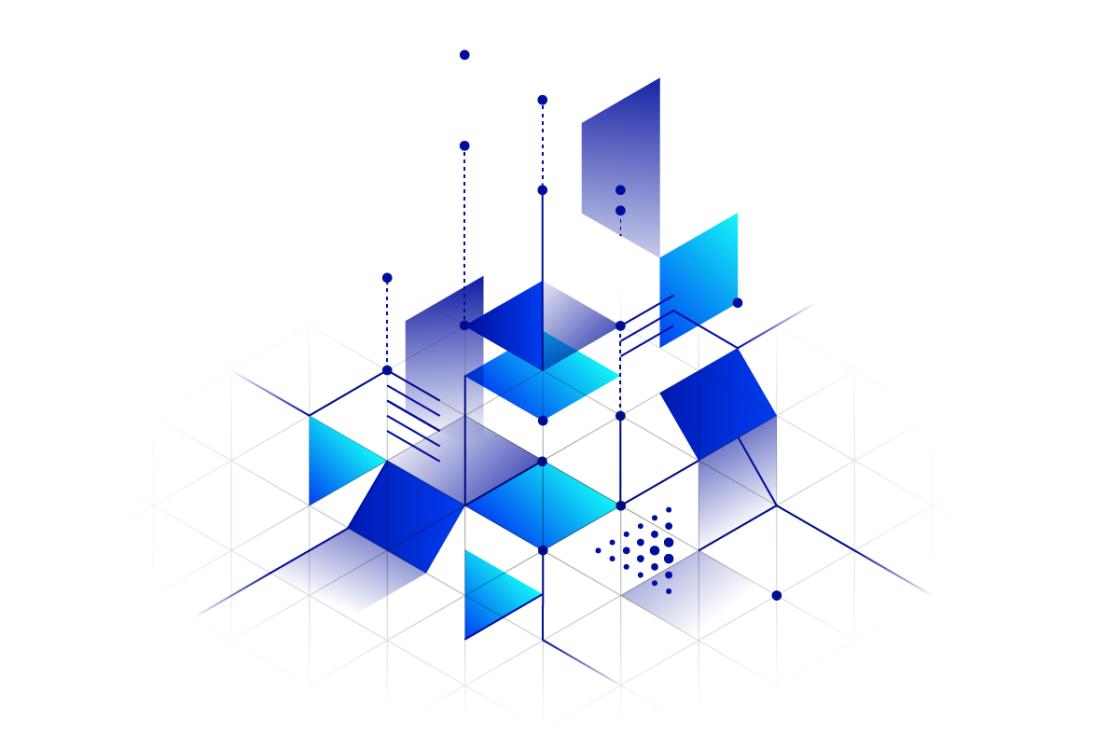
Feedforward Neural Networks (FNNs)
At the heart of neural networks use lie Feedforward Neural Networks (FNNs), the simplest and most fundamental architecture. In an FNN, information flows in a single, unidirectional path, starting from the input layer, passing through one or more hidden layers, and finally reaching the output layer.
This straightforward design makes FNNs easy to understand and implement, making them a popular choice for tasks like basic classification, linear regression, and deep pattern recognition. However, their simplicity also limits their ability to model complex relationships and handle sequential data.
Convolutional Neural Networks (CNNs)
Convolutional Neural Networks (CNNs) are a specialised class of machine neural networks tailored for image and video processing. They leverage a unique building block called a convolutional layer, which acts like a filter to extract meaningful features from visual data. These layers detect edges, shapes, and textures, allowing CNNs to "see" and understand the content of images.
Due to their exceptional artificial intelligence visual processing capabilities, CNNs have revolutionised fields like computer vision, enabling applications like image classification, object detection, facial recognition, and even self-driving cars.
Recurrent Neural Networks (RNNs)
Recurrent Neural Networks (RNNs) are designed to process sequential data, where the order of information matters. Unlike FNNs, RNNs have a feedback loop that allows them to retain information from previous inputs.
This "memory" mechanism enables them to understand context and relationships within sequences, making them ideal for tasks like natural language processing, speech recognition, machine translation, and sentiment analysis. However, traditional RNNs can suffer from the vanishing gradient problem, which limits their ability to learn long-term dependencies.
Long Short-Term Memory Networks (LSTMs) and Gated Recurrent Units (GRUs)
To overcome the limitations of traditional RNNs, researchers developed Long Short-Term Memory Networks (LSTMs) and Gated Recurrent Units (GRUs). These are specialised versions of RNNs that incorporate additional gates and mechanisms to regulate the flow of information and prevent the vanishing gradient problem.
LSTMs and GRUs excel at capturing long-term dependencies, making them powerful tools for tasks like language modelling, text generation, and time series forecasting.
Other Architectures
The world of neural learning networks is constantly evolving, with new architectures emerging to address specific challenges. Autoencoders, for example, are used for dimensionality reduction, anomaly detection, and image denoising.
Generative Adversarial Networks (GANs) have gained fame for their ability to generate realistic images, videos, and music. Transformers, a relatively new architecture, have revolutionised natural language processing with their self-attention mechanisms, enabling breakthroughs in machine learning, text summarization, and question-answering.
As you delve deeper into the world of machine-mode neural networks, you'll encounter a vast array of architectures, each with its own strengths and weaknesses. The key to success lies in understanding the fundamental principles behind these different types and selecting the right tool for the job at hand.
By mastering the art of neural network architecture selection, you'll be well-equipped to tackle a wide range of model challenges and unlock the full potential of artificial intelligence.
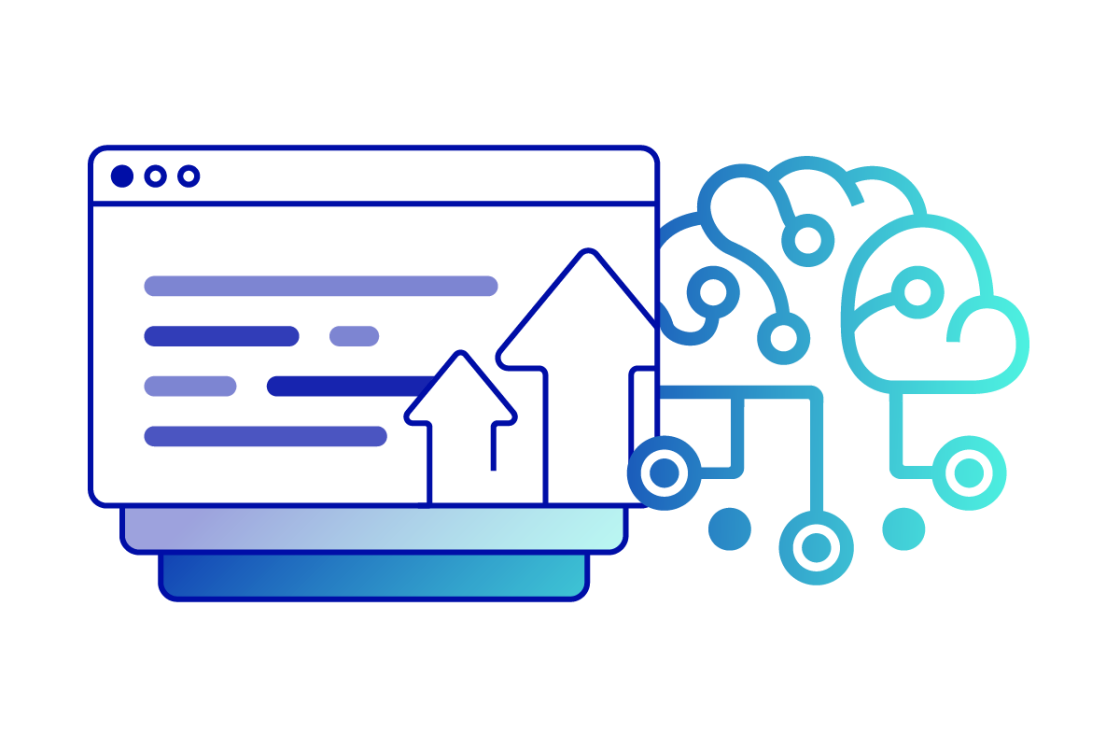
How to Train a Neural Network
Training a neural network model is a deep multi-input process that involves careful input preparation and informed decision-making about artificial intelligence.
Data Preparation
The path to artificial intelligence starts with data preparation, the bedrock of any machine learning and deep learning endeavour. High-quality, relevant data is collected, cleaned, and pre-processed to ensure optimal performance.
Feature scaling and normalisation use data in a standardised range, making it easier for the network to learn. The dataset is then divided into three distinct sets: the training set, used to adjust the network's weights; the validation set, employed to fine-tune hyperparameters; and the test set, reserved for final performance evaluation.
Choosing the Right Model
Selecting the right deep-learning model for the input task at hand is paramount. The model's architecture should align with the nature of the problem. For instance, convolutional neural networks (CNNs) excel at image recognition, while deep recurrent neural networks (RNNs) are well-suited for sequential data like time series or natural language. The choice of hyperparameters like learning rate, number of layers, and activation functions also significantly impacts the network's performance.
Training Techniques
With the data and artificial intelligence model prepared, the deep training process can begin. Training data is fed to the network in batches, with each pass through the entire dataset constituting an epoch. The optimizer plays a crucial role in adjusting the network's weights to minimise the difference between predicted and actual outputs.
Popular optimizers like Stochastic Gradient Descent (SGD) and Adam each offer unique advantages. Regularisation techniques such as dropout and L2 regularisation help prevent overfitting, a common pitfall where the network memorises the training data instead of learning generalizable patterns.
Evaluating Performance
Continuous evaluation and editing are integral to using inputs in a deep training model. Metrics like accuracy, precision, and recall provide insights into the network's performance on specific tasks.
Loss curves illustrate how the error decreases over time, aiding in identifying potential issues like overfitting or underfitting. Understanding and addressing these common pitfalls is essential for successful model development.
Examples of Neural Network Use Cases
Natural Language Processing (NLP)
Machine neural networks in natural language processing have revolutionised the way we interact with computers. Chatbots and virtual assistants use NLP models to understand, edit, and respond to human language, providing customer support and information.
Machine translation tools, once limited in their capabilities, have achieved near-human levels of fluency thanks to neural networks. Sentiment analysis, the ability to gauge emotions expressed in text, is used by businesses to analyse customer feedback and social media trends.
Time Series Forecasting
Neural networks have proven adept at analysing sequential data, making them invaluable for artificial intelligence forecasting tasks. In the financial world, stock market prediction models use neural networks to assist investors in making informed decisions.
Weather forecasting has become more accurate with the input of neural network models that analyse vast amounts of meteorological data. Businesses utilise neural networks for sales forecasting, optimising inventory management and resource allocation.
Recommendation Mode Systems
The personalised online experiences we often take for granted are largely driven by machine neural networks. Product recommendations on e-commerce sites are tailored to individual users based on an edit of their browsing history and preferences.
Personalised deep content recommendations on streaming platforms and news websites are powered by neural networks that analyse user behaviour to suggest relevant articles, videos, or music.
Other Implementations
The versatility of deep-mode neural networks extends to numerous other fields and AI solutions. In the gaming industry, they enable game-playing agents to learn and compete at superhuman levels. Thanks to neural network-based control systems, robotics has seen advancements in object manipulation and input navigation.
Neural networks are even being used in drug discovery to identify potential drug candidates more efficiently. The possibilities for the use of mode neural network applications as AI training solutions are vast and ever-expanding, promising to reshape the way we live and work.
OVHcloud and Neural Network
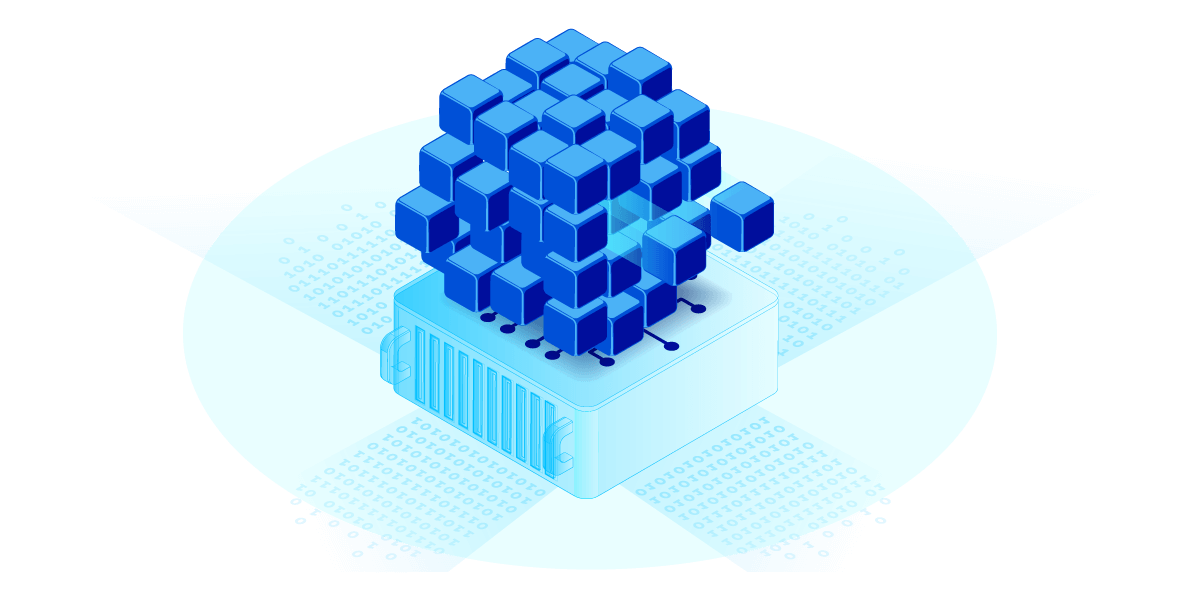
Quick and simple training for AI models
Launch your AI training tasks in the cloud, without having to worry about how the infrastructure works. AI Training enables data scientists to focus on their core business, without having to worry about orchestrating computing resources.
This solution is built on the open-source Kubernetes platform, and enables you to train your models easily — in just a few clicks, or in the command line. Save time, increase your team’s productivity, and maintain the integrity of your sensitive data.